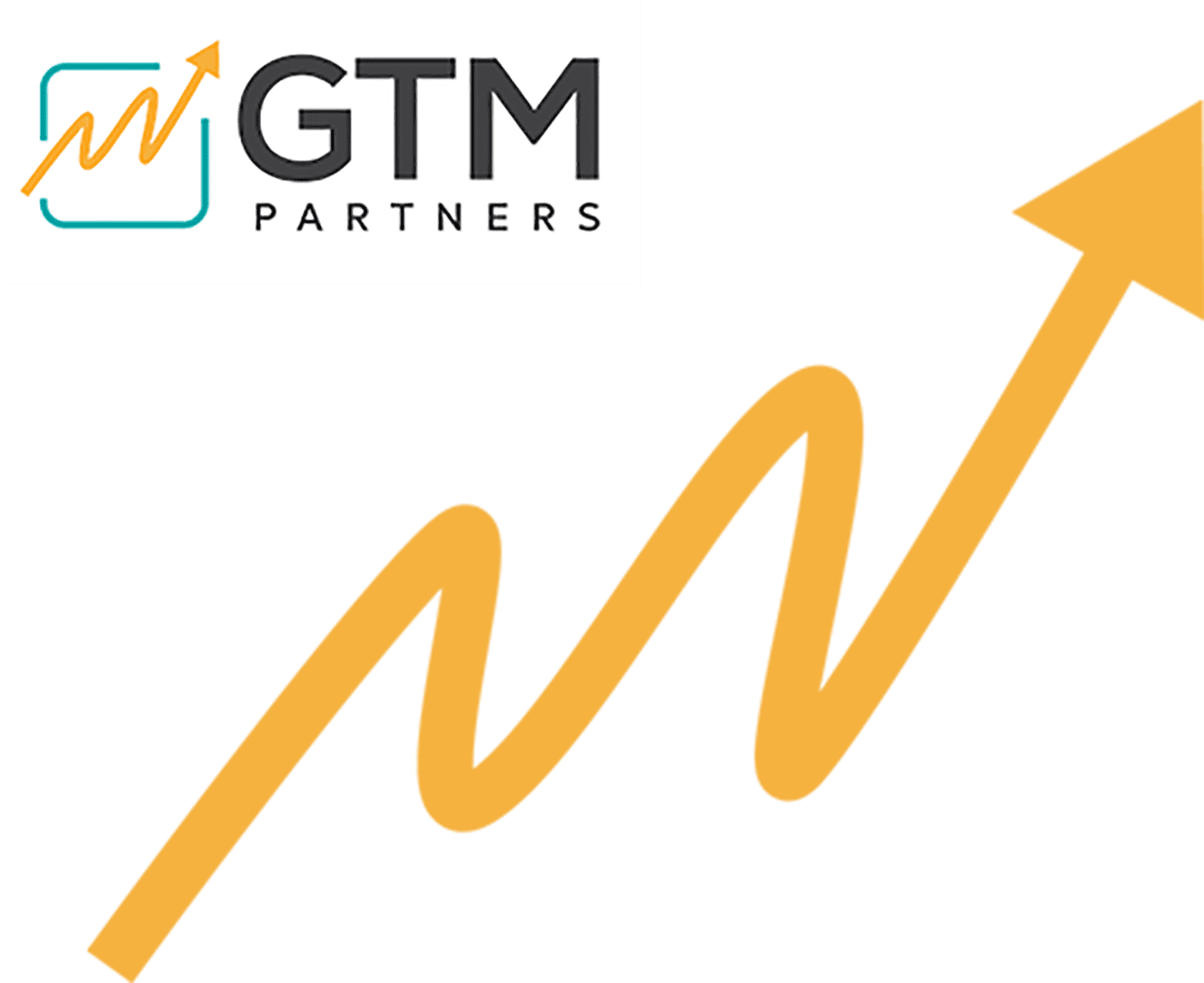Revenue Intelligence for SLG and PLG businesses
Unlock growth potential with revenue intelligence tailored for SLG and PLG businesses. Optimize strategies, boost revenue, and drive success.
Table of Contents
Revenue Intelligence for SLG and PLG businesses
Choosing between Product-Led Growth (PLG) and Sales-Led Growth (SLG) is crucial for a B2B SaaS company’s Revenue Operations (RevOps). RevOps teams must carefully assess the compatibility of these approaches with the product and target customer segment.
In the B2B SaaS landscape, PLG focuses on creating an intuitive product to drive sales through self-service channels, while SLG relies on the sales team’s expertise. Recent trends show a growing inclination towards PLG in early-stage startups within the RevOps domain. Both PLG and SLG hold value for B2B SaaS companies, depending on specific revenue needs and product objectives.
How to choose your growth model?
Understand the Distinction
Understanding the distinction between Product-Led Growth (PLG) and Sales-Led Growth (SLG) is essential for optimising revenue generation processes. Let’s delve into the implications for RevOps:
Product-Led Growth (PLG):
In a PLG model, the emphasis is on leveraging the product itself as the primary driver of growth. From a RevOps standpoint, this means focusing on streamlining user onboarding processes and ensuring that the product is designed to be user-friendly and self-serving. The goal is to minimise friction in the customer journey, allowing users to adopt and derive value from the product independently.
RevOps teams play a role in aligning product development with revenue goals, ensuring that the product’s features and enhancements align with customer needs and market demands.
Product-Led Growth (PLG) brings forth several benefits:
- Cost Savings: PLG leads to reduced costs, encompassing both Customer Acquisition Cost (CAC) and internal headcount, optimising resource utilisation and operational efficiency.
- Expanded Funnel: Particularly advantageous in self-serve models, PLG broadens the top of the funnel, attracting a larger audience and potential users to interact with the product or service.
- Rapid Scaling: PLG enables businesses to scale swiftly without incurring significant additional expenses, providing an efficient avenue for accelerated growth.
- Improved Product Feedback: PLG fosters more responsive product feedback loops, allowing for quicker iterations and enhancements based on direct user interactions, ensuring the product aligns closely with customer expectations.
- Positive User Experience: Ultimately, PLG results in a positive user experience by empowering users to independently engage with and derive value from the product, establishing a user-centric approach that enhances satisfaction and fosters loyalty.
Sales-Led Growth (SLG):
In contrast, SLG relies on a direct sales force as the primary driver of growth. RevOps teams in SLG environments need to collaborate closely with sales teams to ensure efficient and effective sales operations. This involves optimising sales processes, leveraging technology for sales enablement, and providing data-driven insights to enhance the performance of the sales team.
RevOps can help ensure that the sales and marketing teams are aligned in their goals and strategies.
Sales-Led Growth (SLG) offers several advantages:
- Targeted Clientele: SLG enables businesses to focus on specific niche clients and address their unique needs, allowing for a more tailored and effective approach to customer acquisition.
- Higher Average Contract Value (ACV): SLG contributes to an increase in the Average Contract Value (ACV), indicating the potential for more substantial revenue generation from each customer.
- Demonstrable Value through Sales Reps: SLG makes it easier to showcase the value of products or services through sales representatives, facilitating direct communication and personalised engagement to highlight the benefits to potential clients.
- Identification of Upsell and Cross-Sell Opportunities: Through a sales-driven approach, SLG helps identify opportunities for upselling and cross-selling, maximising revenue potential from existing clients.
- Customer Proximity: SLG strategies allow businesses to stay closely connected to their customers, fostering stronger relationships and ensuring a better understanding of evolving needs and preferences.
Understand the dynamics of Target audience
Understanding the dynamics of target audience preferences is pivotal for tailoring operational strategies.
Product-Led Growth (PLG): Ideal for a Broad Audience that Prefers Trying Before Buying
PLG aligns with a self-service approach, making it crucial for RevOps to facilitate seamless user experiences. RevOps teams play a role in optimising processes related to user onboarding, product adoption, and conversion by free trials. Analysing user data and feedback becomes essential for RevOps to enhance the product journey and drive user satisfaction. The focus is on metrics such as conversion rates, user engagement, and customer lifetime value. RevOps also collaborates with product development teams to ensure that features align with user needs and enhance the overall value proposition. The emphasis is on creating operational efficiency to support a large volume of users who prefer exploring the product before committing to a purchase.
Sales-Led Growth (SLG): Suited for Enterprise Clients with Complex Sales Cycles
In an SLG model, where enterprise clients and longer sales cycles are prominent, RevOps takes on the role of aligning sales and operational strategies. This involves optimising processes for lead nurturing, managing interactions with multiple decision-makers, and addressing the intricacies of complex sales cycles. RevOps plays a key role in providing data-driven insights to the sales team, enabling them to personalise their approach and build lasting relationships with enterprise clients. Collaboration with sales teams is essential for RevOps to optimise sales processes, reduce friction in the sales cycle, and enhance overall efficiency. Metrics such as deal velocity, win rates, and customer acquisition costs become focal points for RevOps in the SLG context.
Assess Sales Cycle and Decision Making
Let’s explore how this assessment applies to both Product-Led Growth (PLG) and Sales-Led Growth (SLG):
Product-Led Growth (PLG) – Streamlined Sales Cycles with Rapid Value Recognition:
In the context of PLG, RevOps focuses on ensuring that the self-service nature of the product aligns with a swift and efficient sales cycle. The goal is to facilitate quick value recognition by users, allowing them to make purchasing decisions autonomously.
RevOps teams work to streamline processes related to user onboarding, emphasising metrics such as time to value and conversion rates. Collaboration with product teams becomes essential to continuously enhance the product’s clarity and user experience, supporting a sales model where extensive interactions with a sales team are minimised.
Sales-Led Growth (SLG) – Strategic Management of Longer Sales Cycles:
For SLG, RevOps recognizes the inherent complexity of longer sales cycles, especially when dealing with enterprise clients. The focus shifts to strategic management, including lead nurturing, personalised interactions, and addressing the needs of multiple decision-makers.
RevOps collaborates closely with sales teams to optimise processes, integrating data-driven insights to enhance the efficiency of lead management and deal progression. Key metrics for RevOps in the SLG context include deal velocity, win rates, and customer satisfaction, reflecting the nuanced and relationship-driven nature of enterprise sales.
Analyse Market Maturity and Competition:
PLG (Product-Led Growth):
Effective in Saturated Markets in mature or saturated markets where many competitors offer similar products, PLG can be effective. The emphasis is on making the product itself stand out through user-friendly design, features, and ease of adoption.
SLG (Sales-Led Growth):
Works Well in Nascent Markets,in markets that are still developing or where a new product or solution is introduced, SLG can be effective. The sales team plays a crucial role in educating customers about the product and demonstrating its value, especially when competition is limited.
Consider Revenue Intelligence Tools and Insights:
Understanding the competitive landscape is essential. Revenue intelligence can help gather and analyse data on competitors, helping companies tailor their strategies based on market conditions.
Regardless of Growth Model: Whether a company adopts PLG, SLG, or a hybrid approach, having robust revenue intelligence tools is crucial for RevOps. These tools provide data-driven insights into customer behaviour, sales performance, and market trends.
Data is vital for the success of a Product-Led Growth (PLG) strategy, serving as its fundamental element. Building a funnel and product strategy based on intuition and anecdotes, rather than customer actions, can compromise effectiveness. Hence, the integration of product analytics is imperative for PLG. This allows for a comprehensive evaluation of funnel efficiency, retention, product engagement, and shared cohort characteristics. However, achieving accurate measurement may demand a significant commitment of engineering hours to appropriately configure in-product event tracking.
Sales-Led Growth relies on strategic analytics to optimize sales processes and drive revenue. This includes analyzing lead generation performance, evaluating the sales pipeline to identify and address bottlenecks, and monitoring individual and team-level sales metrics. Customer segmentation analytics enable tailored sales approaches based on demographic or industry-specific insights. Revenue forecasting, leveraging historical data and market trends, aids in resource allocation and business planning. Assessing the effectiveness of sales technologies ensures alignment with business objectives. Calculating Customer Lifetime Value (CLV) informs customer retention strategies, and metrics for sales and marketing alignment foster collaboration for a cohesive SLG strategy. Through these analytics, organizations can adopt a data-driven approach to enhance sales efficiency and fuel sustained growth within the RevOps framework.
Incorporating Data-Driven Decisions:
Teams can leverage data and insights from PLG and SLG to formulate hypotheses for A/B testing in two key ways:
- By identifying areas for improvement within the business and
- By pinpointing opportunities to experiment with different approaches.
For instance, user behaviour and engagement data can reveal weaknesses in the product or user experience, such as onboarding flow or feature set, providing fertile ground for hypothesis development. Sales data, on the other hand, can guide hypotheses related to targeting or messaging, with A/B testing used to validate the most effective strategies for customers.
Merging the Worlds: Combining SLG and PLG Strategies in GTM (Go-to-Market)
Let’s further elaborate on the key points related to merging Sales-Led Growth (SLG) and Product-Led Growth (PLG) strategies in a Go-to-Market (GTM) context:
Implementing a Combined SLG-PLG GTM Strategy:
Harnessing growth through a combination of PLG and SLG enables the utilisation of the strengths inherent in each approach simultaneously. PLG excels in fostering growth through product development and enhancing customer experiences, bypassing the necessity for customers to go through traditional sales channels. On the other hand, SLG proves effective in propelling growth through strategic marketing campaigns and streamlined sales workflows. This dual strategy comprehensively addresses lead generation, with PLG acquiring new leads through existing customers, resulting in a lower Customer Acquisition Cost (CAC) compared to SLG. Meanwhile, SLG efficiently covers the primary sales and marketing channels.
The Need for a Hybrid Approach in GTM:
In the realm of revenue intelligence, fusing both sales-led and product-led strategies within a unified go-to-market approach becomes instrumental for optimising outcomes.
A revenue intelligence perspective on a hybrid go-to-market model involves harnessing product-led growth for efficient and scalable customer acquisition. This approach seamlessly integrates a sales-led strategy when faced with factors such as complexity, risk, or customer preference. A well-executed hybrid go-to-market strategy, guided by revenue intelligence, not only helps maintain low customer acquisition costs (CAC) but also unlocks larger deals and enhances customer lifetime value (LTV).
Nevertheless, like any hybrid model, there exists the potential of inheriting the downsides of both strategies without fully capitalising on the benefits of either. Delving into the merits and challenges of a hybrid go-to-market strategy from a revenue intelligence perspective provides a comprehensive understanding of its potential impact on overall revenue performance.
BigLittle Has You Covered be it SLG, PLG or Hybrid
BigLittle was established with the mission to equip Go-To-Market (GTM) leaders with the tools, strategies, and knowledge essential for achieving efficient revenue, as well as fostering predictable and robust Annual Recurring Revenue (ARR) growth. Going beyond operational GTM tools in sales, marketing, customer success, and product, BigLittle RevenUp operates at a higher level, assisting in the creation of agile, data-driven revenue operations organisations. These organisations are designed to provide steadfast support, irrespective of the chosen GTM model—whether it be Sales-Led Growth (SLG), Product-Led Growth (PLG), or a Hybrid approach.
Explore the capabilities of BigLittle RevenUp by booking a free demo today!



